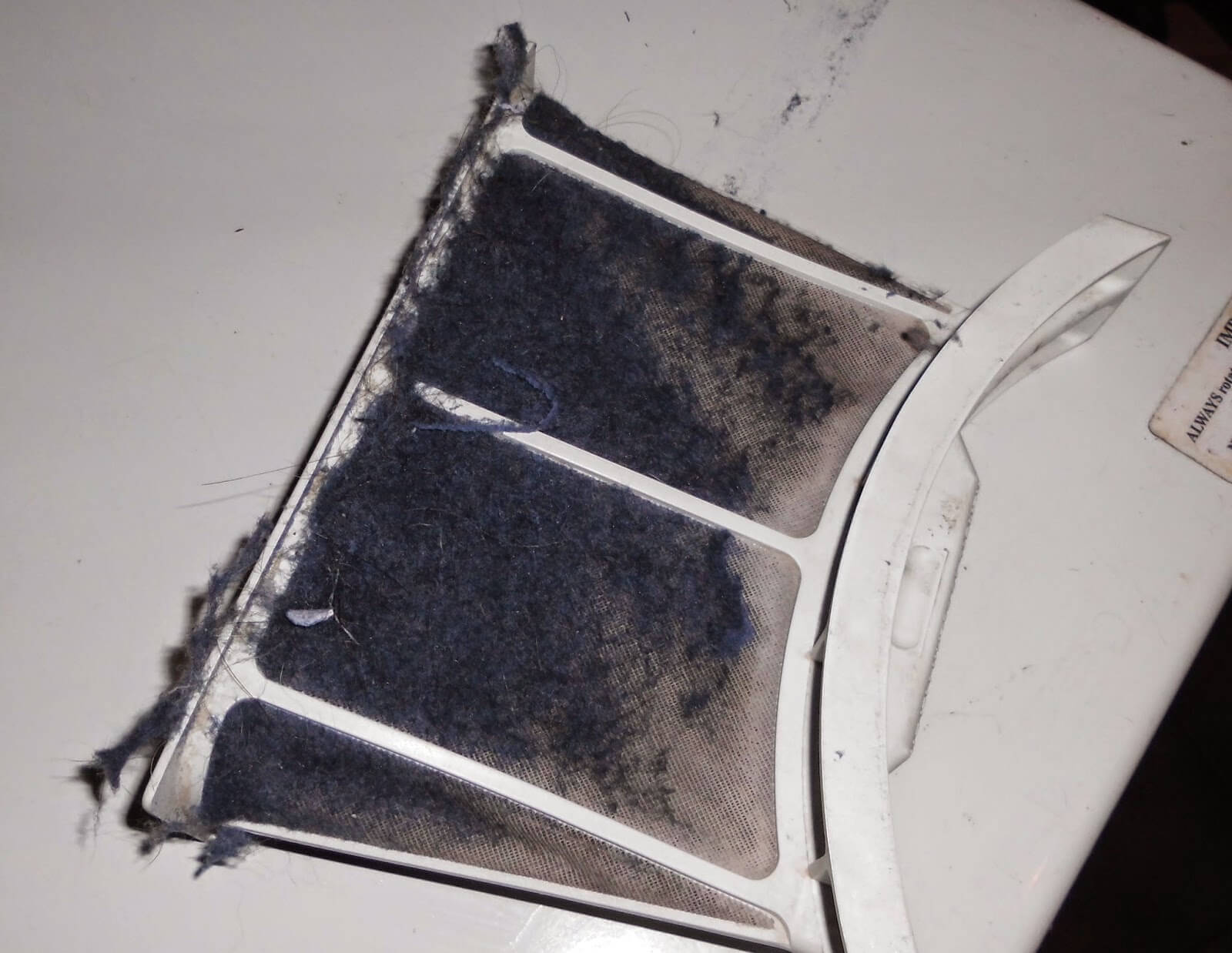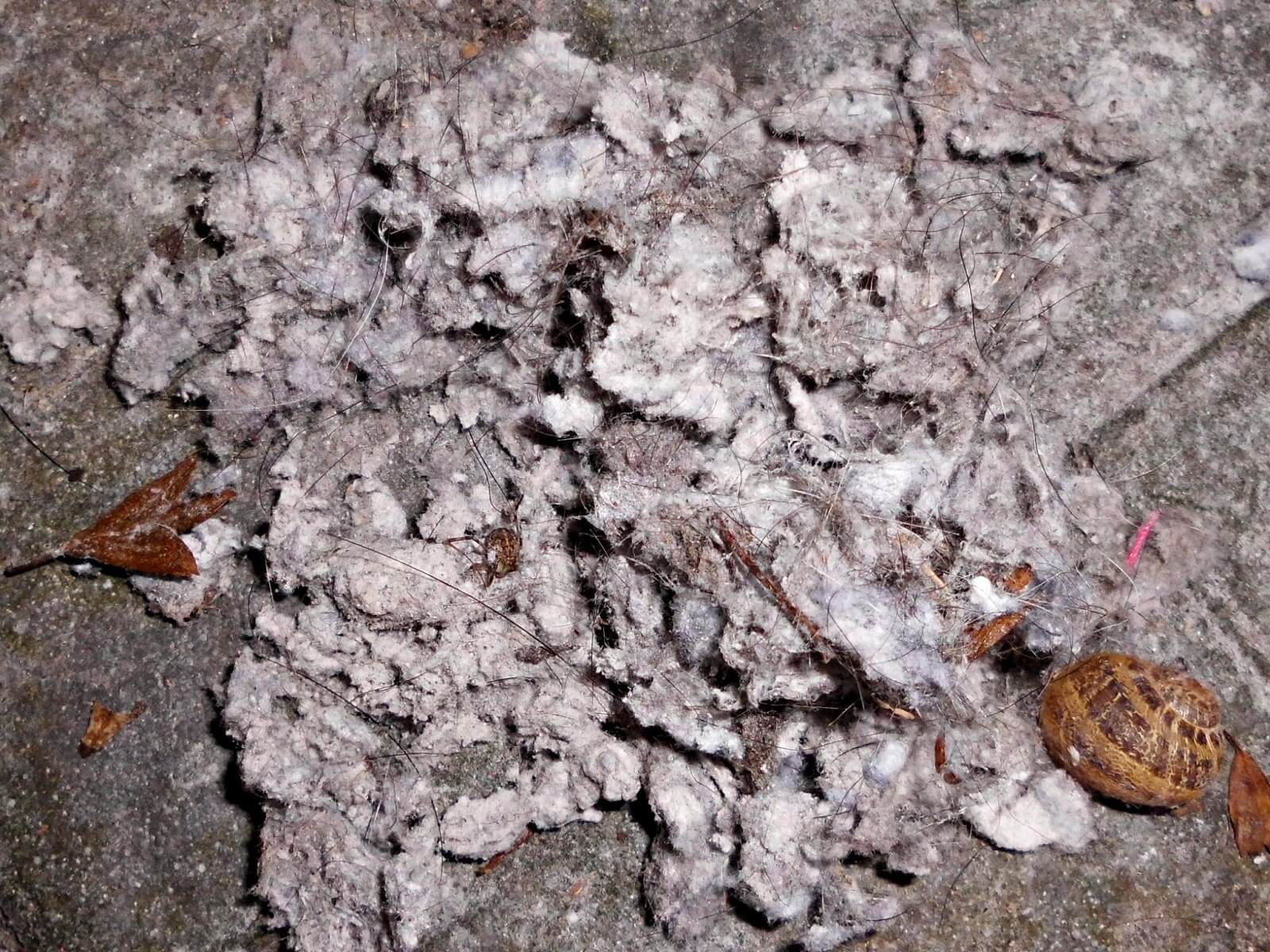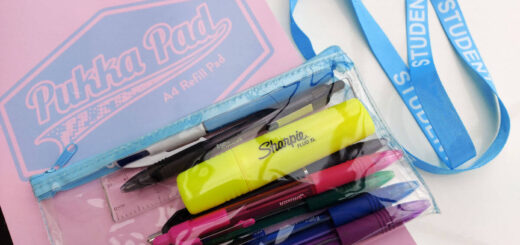Tumble dryer cleanout
Tumble dryers. Uneconomical, un-environmentally friendly – and those of us who have them couldn’t live without them. We bought ours when big daughter was a baby to dry the re-useable nappies that we used – and considering that she’s just left school then although it’s a triumph that it’s still working, it probably means that it’s more uneconomical and un-environmentally friendly than many!
Still, I don’t use it any more than I have to as I much prefer to dry my washing outside – not only is it free, but it smells so wonderful when you bring it back in. It does get used though, and that means that it needs cleaning to reduce the risk of fire.
Risk of fire? Yep, absolutely. I had no idea that I needed to do any more than clean out the filter every time I used the dryer before I heard a fire officer talking on the radio about house fires one day. He said he would never leave an appliance on in the house when he wasn’t in (including washing machines, dryers and dishwashers) and that more dust and fluff collected inside the dryer than anyone ever thought about and if left uncleaned, could present a fire risk. I decided to take a look inside mine.
Imagine the shock when I pulled out handfuls of fluff – enough to make a small animal! I resolved to make sure that I remembered to clean out my dryer – after all, we get our chimneys swept every year to make sure they’re safe for the winter, so why not the dryer? And today was the day. So, if you think you can stand to see photos of the fluff (it’s not dirt I hasten to assure you – I do clean my house – it’s just accumulated fluff!) then I’ll show you how I go about it.
Firstly, gather the tools you need. I use the vacuum cleaner with various nozzle heads and a screwdriver. Next, turn off the dryer and unplug it. This is very important. It’s never a good idea to poke around inside an electrical appliance with it attached to the mains.
I start by taking out the fluff filter and cleaning that – this is something I do every time I use the dryer anyway so that’s an easy job.

Next, I pull the dryer out from where it lives under the working top so that I can get behind to vacuum all the accumulated dust and fluff from behind it. The dog sleeps next to the dryer so I usually find a couple of old biscuits under there as well!
Now comes the fun part. It’s time to start cleaning out the dryer itself. At the back of my dryer is the vent which goes through the wall to the outside. I don’t have any pipes or tubes on there as my dryer sits right up against the wall, but if yours does then see if you can disconnect it so that you can get at any fluff which has become lodged in there. There’s a reason why it’s important to do this …

Look at that! That’s the short distance from the vent at the back of my dryer to the front wall of the dryer – and look at all the fluff that’s stuck in there. It’s very dry and is completely stuck to the metal so I use a short, stiff brush which fits onto my vacuum cleaner to scrape it all off.

Then it’s time to go back round the front of the dryer where my fluff filter lives. It’s much harder to get at the fluff here as the filter slot isn’t quite wide enough for me to get my vacuum attachments down.

If you end up in a similar situation, then you’ve just got to do the best you can. Anything that you can get out of your dryer is a bit less to cause you problems. Next, I unscrew the top lid of my dryer and take it off so that I can vacuum inside. Mine’s a very basic model so there’s the drum and a few wires attached to the controls, but there’s still a thick layer of fluff attached to them all. You may not be able to get at the inside of your dryer, so don’t worry.
Finally, it’s time to go outside and check the vent there. Because we live close to fields and our cats have a bad habit of bringing small furry things back to the house, I’ve put a chicken wire cover into the vent to discourage said small furry things from thinking they’ve discovered a nice warm house to hide in. Unfortunately, this mesh cover also collects fluff …

and a snail this year. It looks like a fluffy birds nest and that’s not good – all of that fluff is blocking the vent and I need to get it out so that the hot air can flow properly out from the dryer. It’s a bit of a slow job to pick it all out as the fluff has crusted and welded itself to the wire. It’s worth it though – look how much came off it!

And that’s the job done. It took me just over half an hour, which isn’t a long time out of my life and has considerably reduced the fire risk of the dryer. And because I do this every year now, then the amount of fluff that I get out is much less than that first, shocking, clean-out – but there’s still a fair pile.

Worth taking the time for? I think so.

























Oh cripes. I was so smug that I (or Little R-he's so helpful) always clean our fluff filter but the rest of it? Boo! I'll have to get round to that. It lives in the garage near to the bale of hay-that really would get a fierce blaze going!
You'll be amazed how much fluff you'll get out of it if you've never done it before, Jen! The upside is that it doesn't need doing too often, but the fireman on the radio spooked me out about it so I'm a convert to the idea now! xx
It really accumulates a lot of dirty fluff, but if you do it more often, it'll be easier to clean.
This is true, but I don't have time to take the dryer apart to get to the insides on a regular basis. I just clean the filter and try to dry my washing outside as much as I can! xx
Yes these kitchen appliances dryer vents accumulates lot of dirt. And we need to clean these on regular basis for proper functioning. We can do by our own or can call any cleaning company services.